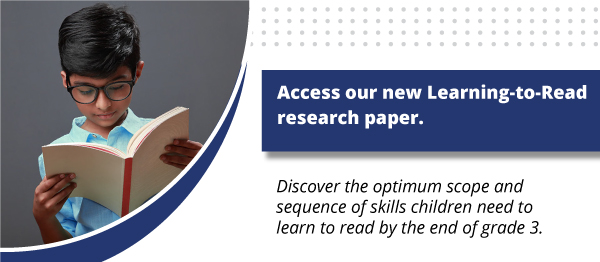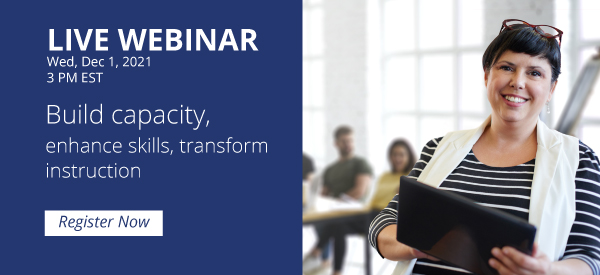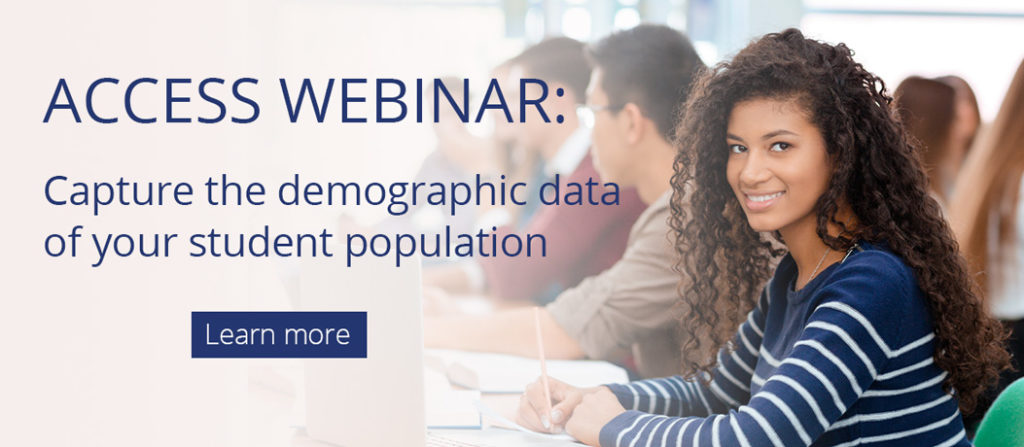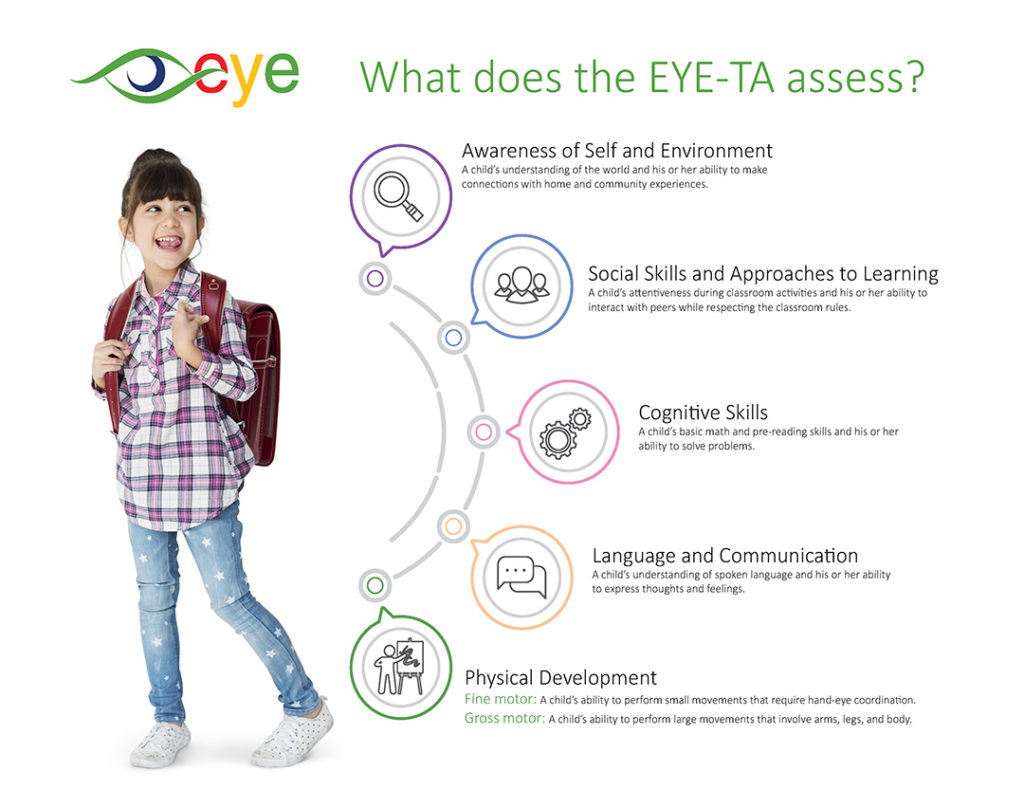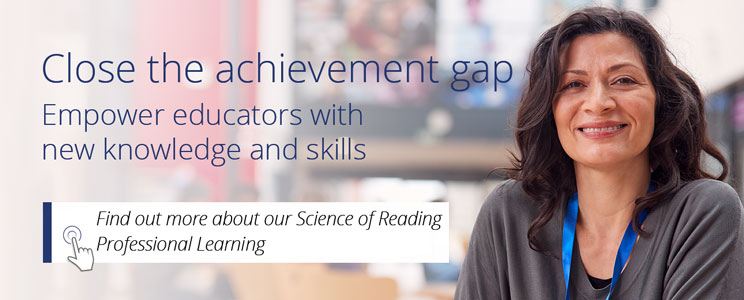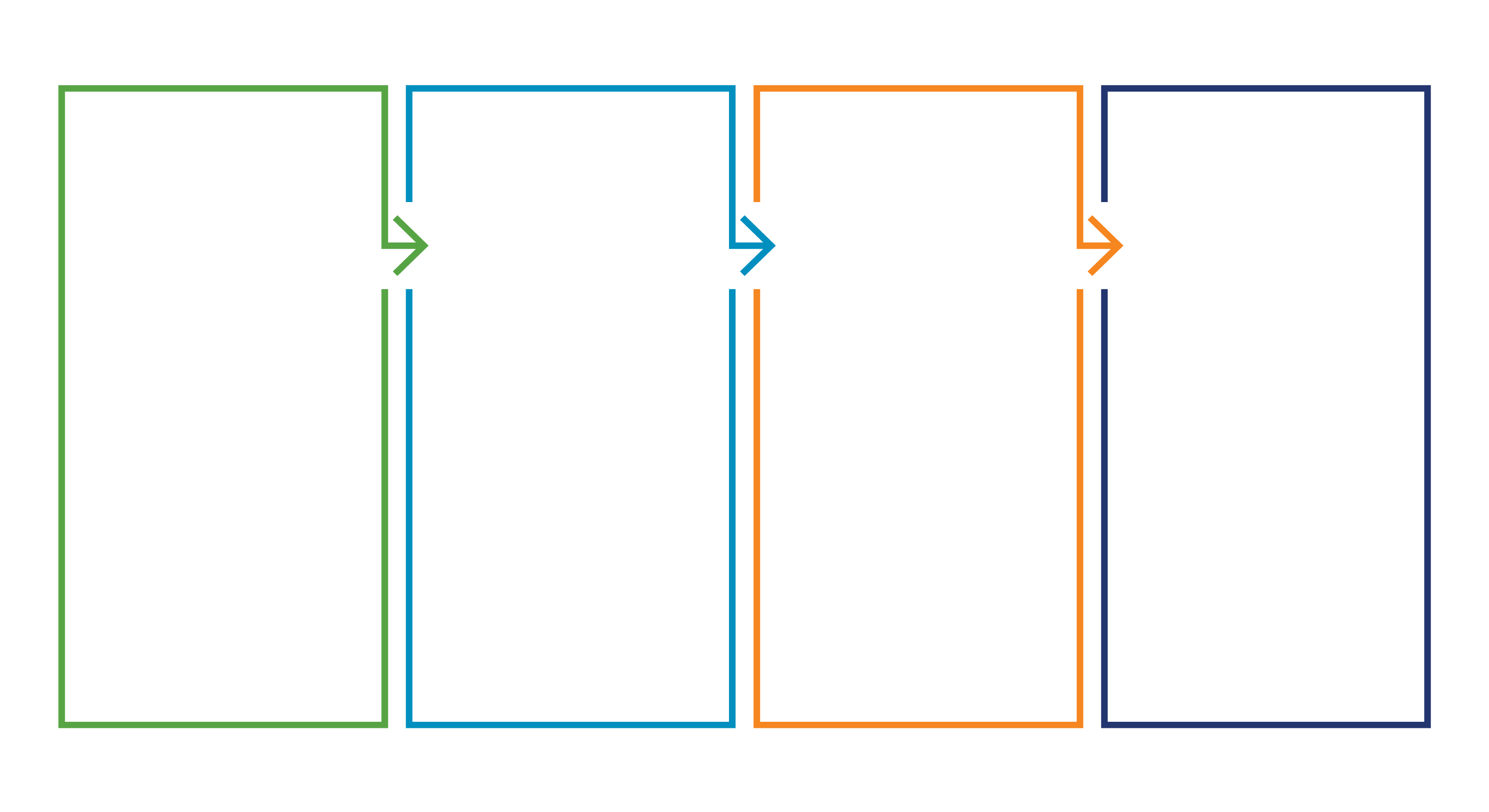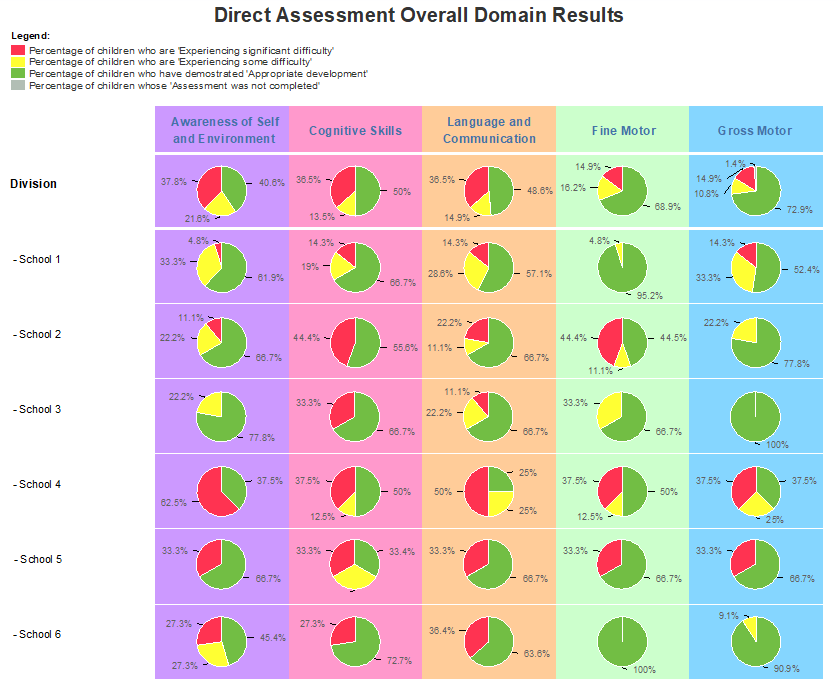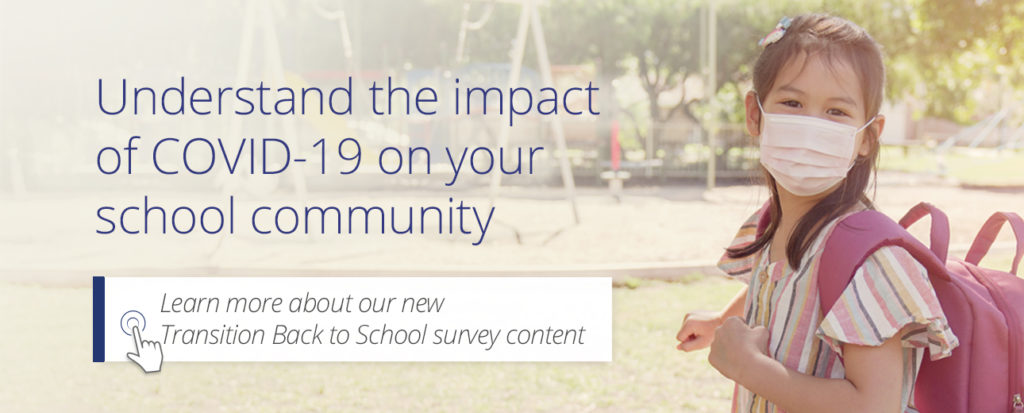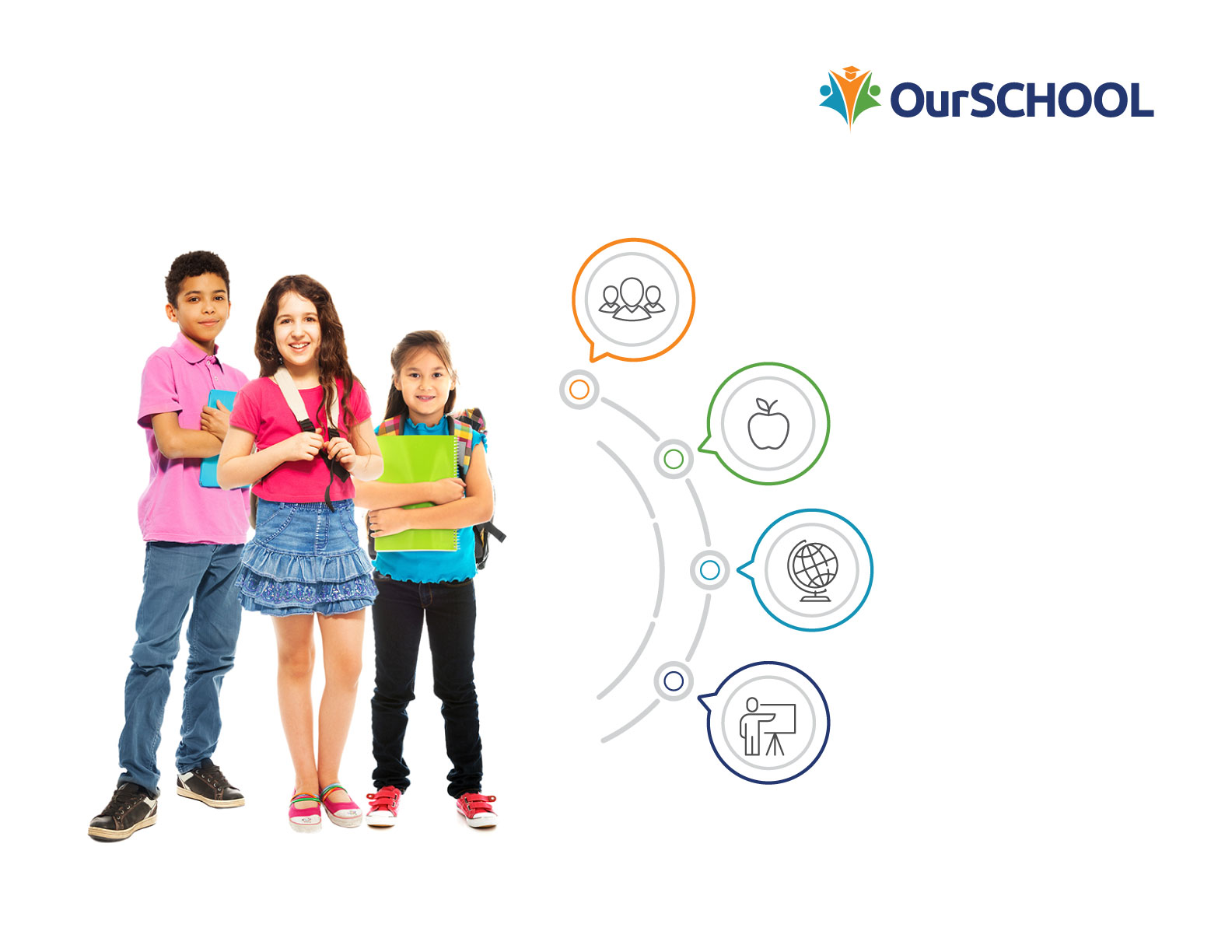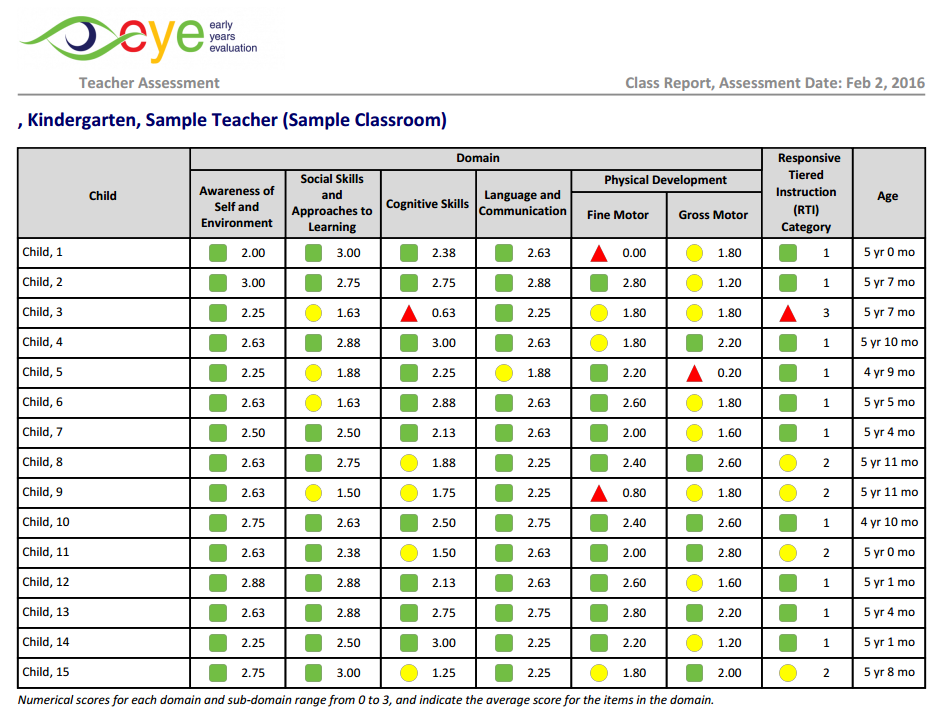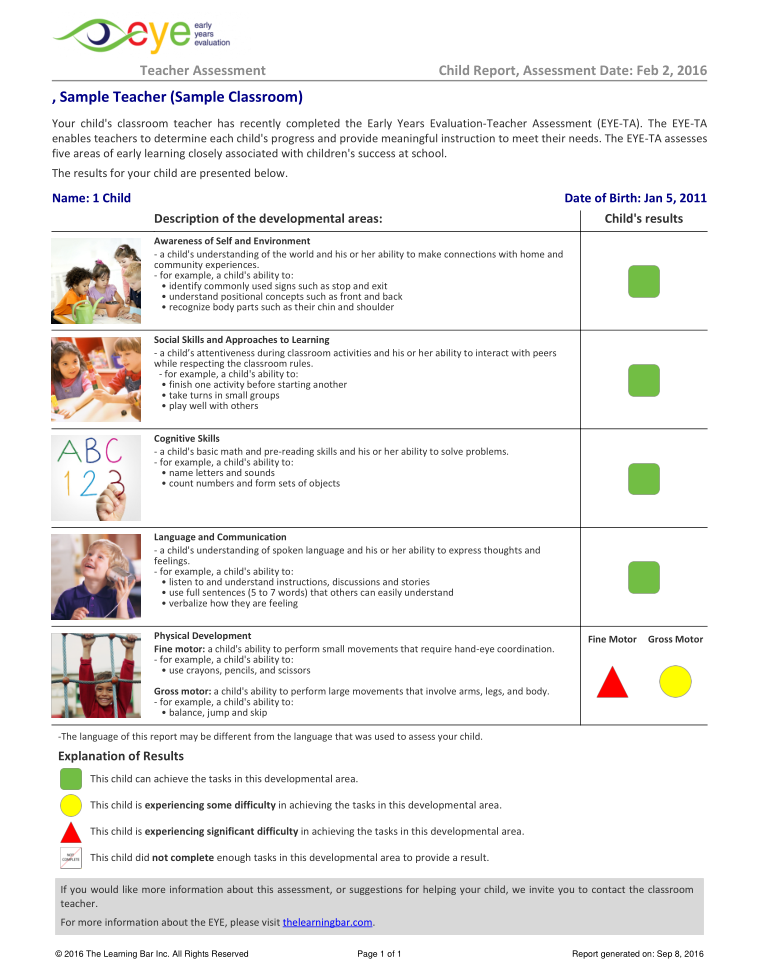Transform Literacy Instruction: Professional Learning
Our professional learning is built on the foundation of The Science of Reading. Recent research and major scientific advancements into literacy acquisition have uncovered a large disconnect between how we are teaching children to read and how children actually learn to read. Only 70% of students leave school with the literacy skills to reach their full potential. We can change this by understanding and teaching the fundamental skills – decoding and language comprehension – that children must acquire to become fluent and efficient readers and the strategies that are most effective in teaching these skills.

This professional learning will:
Syllabus
Outcome: Educators will learn about The Science of Reading and how to transform their classroom practice to improve literacy acquisition.
| Module 1. | The Simple View of Reading | Learn about the science of literacy and its impact on students’ progress in learning to read. |
| Module 2. | High-Yield Teaching Strategies | Find out how to deliver an active teaching lesson and five high yield teaching strategies. |
| Module 3. | How to Teach Coding Skills | Understand the domains of decoding skills and how they are critical for learning to read. |
| Module 4. | How to Teach Language Comprehension Skills | Learn about the role of language skills in reading acquisition and comprehension. Learn how to apply this knowledge in the classroom. |
Outcome: Educators will learn twenty-four teacher ‘competencies’ designed to help them become even more effective in their teaching practices.
| Module 1. | Introduction | Understand the distinction between effective teaching and quality instruction. Learn why teacher self-efficacy and collective efficacy play a key role in student learning. |
| Module 2. | I know the content of my teaching area | Understand how to develop assignments and projects, decide on what materials to use, and employ assessments to evaluate students’ learning. |
| Module 3. | I know my students | Find out how to plan instruction, and develop and modify teaching activities based on students’ learning needs. |
| Module 4. | I know how students learn | Understand the cultural and contextual nature of learning; and develop effective lessons based on the six ways that children learn. |
| Module 5. | I use high-yield teaching strategies | Find out how to set explicit learning goals, plan the scope and sequence of learning activities, and how to use a range of effective teaching strategies. |
| Module 6. | I have a safe and inclusive classroom | Learn how to create a safer and more inclusive classroom using a small set of classroom strategies. |
| Module 7. | I use data to improve student learning | Learn how to select an assessment and interpret data to inform classroom practice. Prepare accurate reports to engage stakeholders. |
| Module 8. | I develop effective partnerships with parents and caregivers | Learn strategies for building effective partnerships with parents, ways to communicate, and information and ideas for how parents and caregivers can further their child’s learning at home. |
| Module 9. | Further reflection | Find out why collective teacher self-efficacy is one of the most powerful influences on students’ achievement and well-being. |
Outcome: Educators will learn how to analyze student, classroom, and school data to inform classroom practice.
| Module 1. | Educational Prosperity | Understand a life course approach to data monitoring and how to identify the key Foundations for Success and Prosperity Outcomes. |
| Module 2. | Data usage | Learn about the various types of data, the process for collecting informative data, and a framework for effective data use. |
| Module 3. | A framework for data usage | Learn the benefits of a data usage framework and key steps in the framework. |
| Module 4. | Use student-level data to support children’s learning | Learn how to use data to support individual learning goals and communicate progress effectively to parents and caregivers. |
| Module 5. | Use classroom-level data to support children’s learning | Learn how to use data to inform instruction and monitor student progress. |
| Module 6. | Use school-level data to build a strong foundation for success | Understand how an aligned and effectively communicated approach to data builds a strong foundation for student success. |
*Course content is subject to change
Equip teachers with the skills they need to impact all students reading proficiency and empower them in supporting all students to thrive.
What Our Clients Say
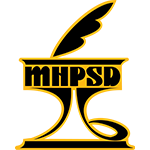
“Really found the part(s) on decoding helpful and well done. I also found the Structured Literacy interesting and the related readings were great. Lots of new ideas to think about in relation to my context as grade 7-12 literacy coach.”


